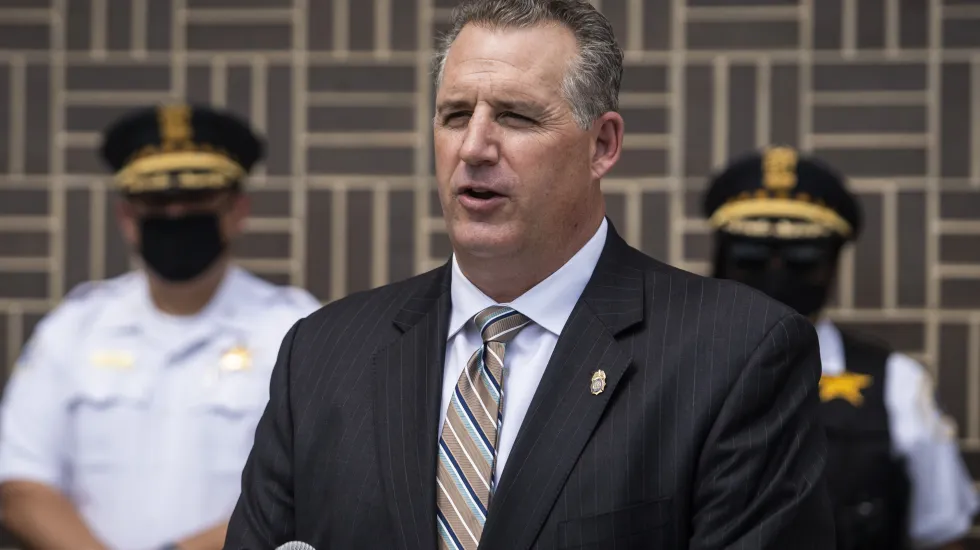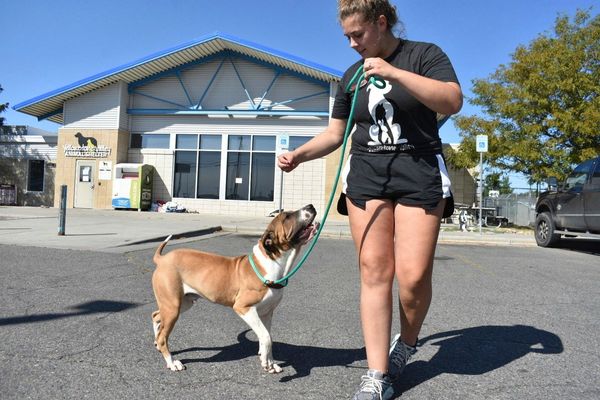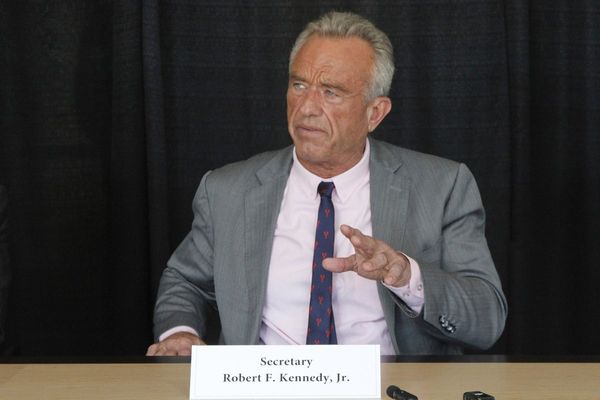
The U.S. Drug Enforcement Administration seized more than two tons of the drug in Illinois, Indiana and Wisconsin in the year that ended Sept. 30 — up 50% over the previous 12 months.
And the quantity of cocaine seized in the Chicago area has continued to soar over the last six months compared with the same period a year earlier, according to Luis Agostini, a DEA spokesman.
The drug is being shipped from Colombia and other South American countries to Mexico, where cartels then smuggle it north, authorities say.
Federal court cases filed in Chicago in the past year have documented the influx.
Last September, Anthony Hernandez was charged in Chicago with drug trafficking. An informant in Chicago said Hernandez is a U.S. citizen who lived on a ranch in Jalisco, Mexico, according to the DEA.
Hernandez told the informant to regularly pick up loads of about 220 pounds of cocaine in Chicago to distribute, according to a DEA affidavit filed in support of a warrant to search his seized cell phones. He was working directly for a board of leaders of a Mexican drug cartel, according to the filing, which didn’t name the organization but said it ships tons of cocaine across the country.
On Sept. 2, Hernandez arranged a pickup of more than 100 pounds of cocaine in Bolingbrook and was arrested later that day at O’Hare Airport when he flew in, according to the DEA. He remains in federal custody.
In another case, two men and a woman were arrested on federal drug charges April 6 after DEA agents searched two cars they had under surveillance. More than six pounds of cocaine had been transferred from a Chevrolet Equinox to a Jeep Cherokee, and about six pounds of cocaine remained in the Equinox, the agents reported.
The three people were acting on orders from higher-ups in Mexico, according to a DEA affidavit.
Agents then went to the Northwest Side home of the men, identified as Jose Pablo Barraza-Resendez and Diego Soto-Herrera, and found about 55 pounds of cocaine wrapped with duct tape and hidden in a crawlspace, according to the affidavit.
It says Barraza-Resendez told agents he was paid about $120 a pound to distribute the drugs.
Soto-Herrera has been released in lieu of $2,000 in bail. The woman, Teresa Palomera-Arreola, was freed on $1,250 bail. The court has granted the government’s request to detain Barraza-Resendez.
For decades, heroin and marijuana have been the big moneymakers for Mexican drug cartels supplying the Chicago market.
But cocaine, which was king in Chicago in the 1980s and early 1990s during the crack cocaine epidemic, always was part of their product line as well.
Pedro Flores and Margarito Flores, twin brothers from the Southwest Side who once were Chicago’s biggest drug dealers, smuggled a ton of cocaine a month into the United States from 2005 to 2008, much of that coming to Chicago, according to the DEA.

The brothers surrendered to federal authorities in 2008 and helped them take down Sinaloa cartel kingpin Joaquín “El Chapo” Guzmán Loera.
The Flores brothers served 14-year prison terms and now are in witness protection. El Chapo remains in prison, sentenced to a life term.
In 2018, about a decade after the brothers’ cocaine business came to a crashing end, DEA officials predicted a new surge of coke trafficking to the Chicago area.
They had seen a jump in coca production after the Colombian government signed a peace deal in 2016 with leaders of the Revolutionary Armed Forces of Colombia, the guerrilla group known as FARC, which agreed to disarm.
One DEA official, Matthew Donahue, the agency’s regional director for North America and Latin America at the time, told the Chicago Sun-Times in 2018: “We’re seeing it going up to maybe a threefold amount of cocaine being produced and shipped out.”
Another, Brian McKnight, then the special agent in charge of the DEA office in Chicago, said, “I think you’ll see an uptick in cocaine seizures by state and local law enforcement over the next few years.”
After the peace deal with the Colombian government, FARC’s cocaine production flourished.
Then, as FARC’s power and influence waned over the next few years, another violent guerrilla group, the National Liberation Army, known as ELN, became the biggest cocaine producer in Colombia, vying with criminal gangs for coca farms, cocaine-production factories and transit routes, U.S. officials say.
The situation remains fluid, with other militia groups vying for control of cocaine-producing territory near Colombia’s border with Ecuador and Peru, according to a recent New York Times story.

Cultivation of coca in Colombia in 2020 exceeded all-time records, according to a State Department report last month. The Colombian government had suspended aerial eradication of coca in 2015. That removed a critical tool for reducing coca cultivation and the resulting production of cocaine, the report said.
The COVID-19 pandemic also limited that country’s ability to conduct operations to eradicate cocaine production, according to the report, which said, “To prevent additional surges in coca cultivation, Colombia will need to expand eradication and continue to expand cocaine and precursor interdiction operations and extraditions of top criminal leaders.”
In addition to a huge increase of cocaine smuggling to Chicago, DEA officials also warned in 2018 that Mexican cartels and Chicago drug dealers were beginning to mix the potent drug fentanyl with cocaine, increasing the risk of overdoses.
That prediction also has proved to be on target.
According to a Sun-Times analysis of Cook County medical examiner’s office records, cocaine-related deaths have risen in Cook County over the past three years.
More than half of the deaths involved a mixture of cocaine and fentanyl, sometimes in combination with alcohol and other drugs.

In 2019, at least 564 people died of overdoses in which cocaine was involved, according to a database of the medical examiner’s cases. The number of such deaths rose to 723 in 2020 and 841 in 2021.
This year, more than 105 people in Cook County have died of overdoses involving cocaine.
“Fentanyl remains the No. 1 cause of drug overdose deaths in Chicago and has been detected in most other types of illicit drugs seized and analyzed by the DEA, including cocaine,” says Robert Bell, special agent in charge of the DEA’s Chicago field office.
One reason for that, according to Mark Giuffre, a retired DEA agent and senior director of investigations for the consulting firm Jensen Hughes, is something called “speedballing,” which for decades in Chicago typically involved mixing heroin and cocaine but now often mixes fentanyl and cocaine, he says.
“I can’t emphasize enough the role speedballing is playing,” Giuffre says.








